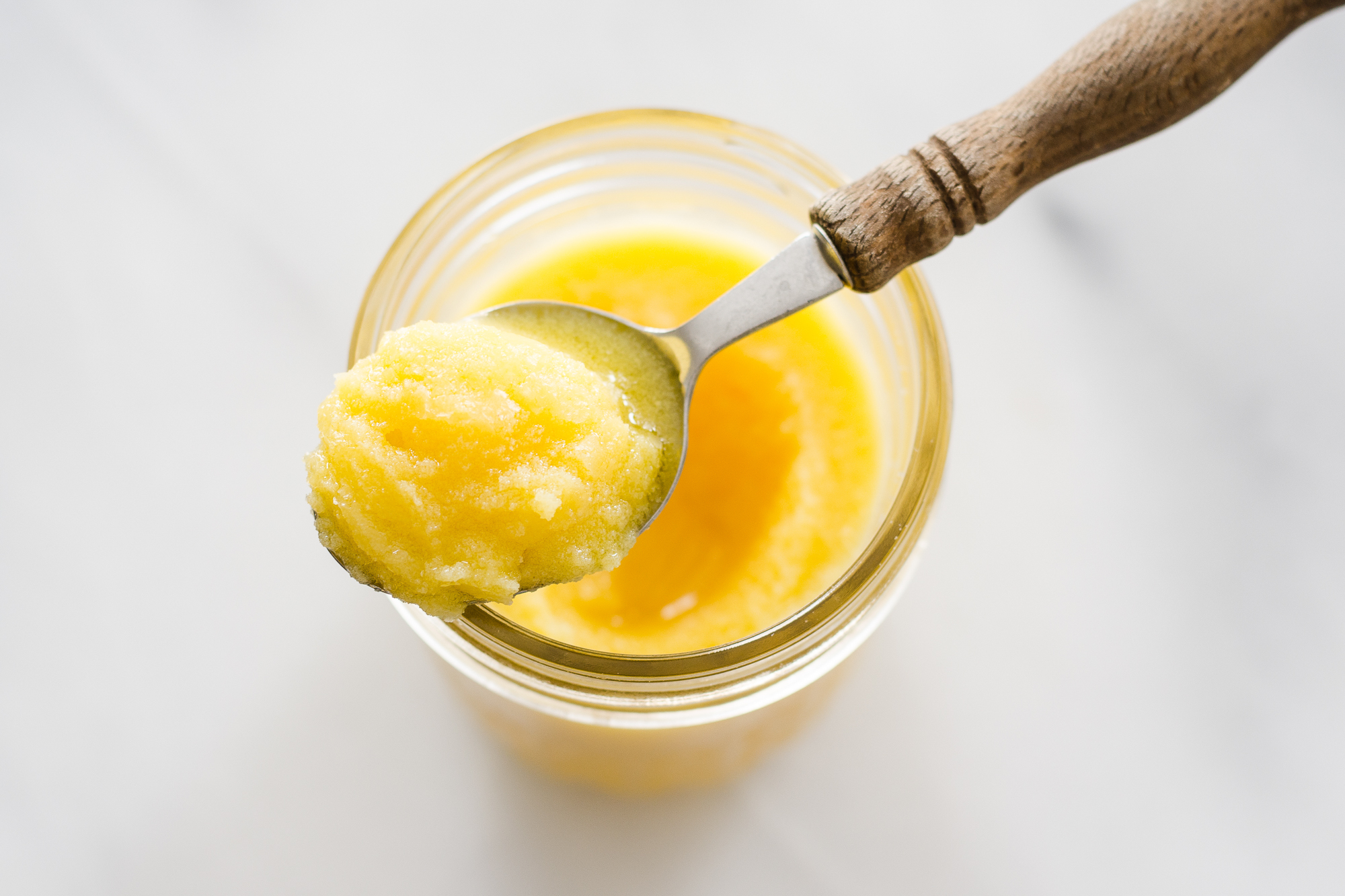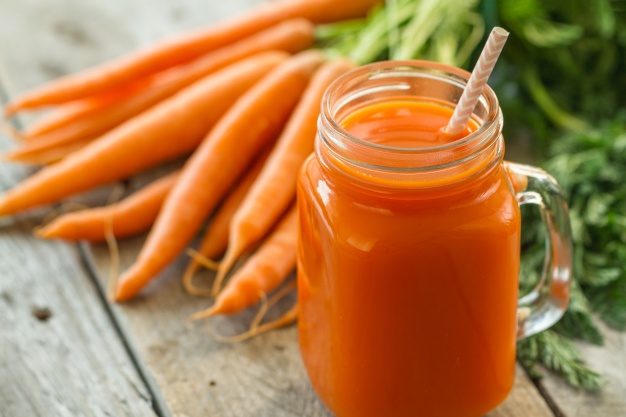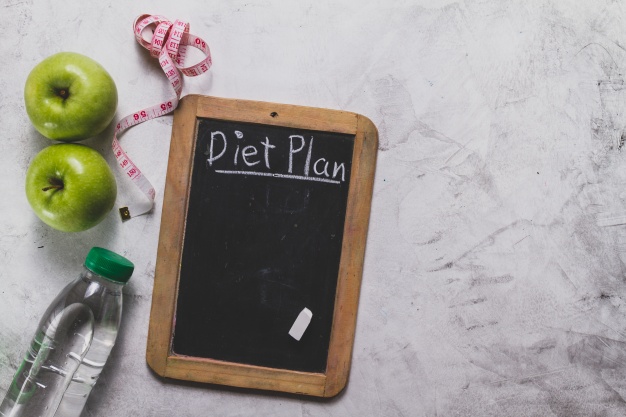Dear Pooja,
Ghee has been used in India since ancient times, when things like hardening of arteries, stroke and heart disease was much less than it is today. Is it safer to use homemade ghee rather than packaged oils
As types of fat, both oils and ghee are calorie-dense: fat has 9 calories per gram. In ancient India along with the use of ghee do remember that a lot many things were rather different than they are today – modernisation, less physical activity, more pollution, more stress, foods with lesser nutritive value, more exposure to alcohol and other injurious habits like smoking, more processed food, lack of adequate sleep, less home food, big time restaurant culture – all of these go hand in hand to be reasons for elevated coronary artery disease in today’s age. Therefore, definitely it wasn’t just the ghee that helped our ancestors’ lead far better quality of life. Having said that I would still like to highlight the fact that in moderation (1-2tsp/day inclusive in your total fat intake) ghee though is a source of saturated fats does have them in from a group that is relatively less vindictive for our heart health. A tablespoon of ghee contains 7.9grams of saturated fat of which 89 percent are short-chain fatty acids. Now these short-chain are easier to breakdown and help to strength cell membranes and produce hormones unlike the long-chain fatty acids which are associated with blood clotting and thrombosis. They key to gaining up upper edge with the use of ghee is firstly to distinguish between pure ghee and vegetable ghee (also know commonly as dalda, vanaspati or vegetable ghee). The latter are definitely a cheaper kin but is loaded with trans-fats that are extremely harmful to your heart. And mostly importantly to consume it in moderation – just because its healthy you don’t have to over-indulge in it by smearing it in everything you eat – remember it may be a healthier choice its not healthy.
Dear Pooja,
I am a 18-year-old girl and my dietician has suggested me that I drink tomato and spinach juice every day. However, I don’t like the taste and find it difficult to drink. Is there an alternative to this?
Your dietitian has only your best interest at heart when she recommends a vegetable juice for you daily. If you inculcate the habit of chugging down one fresh glass of potent natural vitamins, minerals and anti oxidants today at 18 years of age you will never need to pill, dermats and ageing treatments at any age. Nutrition from the plate and not a pill. I’m sure the combination is not locked for you and you can take any vegetables (I’d suggest minimum three) of different colours (for a variety of anti-oxidants) to make you juice daily. The key to its magic is immediately preparation and consumption so that no vitamins are lost and oxidized in translation. Add flavours like celery, ginger, lemon, mint and coriander to enhance the taste. Also I would recommend that a minimum of 50 percent of the roughage be retained in the juice so that your fibre intake of the day also gets done. The vegetable juice daily helps in better bowel movements, clearer skin, stronger hair, longer nails, more energy, better stamina, lesser hairloss, improved immunity, reduced episodes of cold and cough……what more can you ask? So go slurp down a glass of veg juice now! All of you.
It’s raining buckets. You theatrically sigh in pretend lament as your heart secretly does cartwheels no exercise today! For those of you who find it hard to reign in the urge to skip rained-out workouts, I’ve got bad news.I am going to suggest ways to lose weight, eat smart and exercise within the four walls of your home. Don’t hate me.It’s all for your own good.
Unless you have a home gym or a place of exercise that doesn’t involve some travel, there will be days where you genuinely won’t be able to make it. But I find that a lot of people use this season as a pretext to get off the health track entirely. Why gain when it rains? Look at it this way: a healthy monsoon means that when the party season rolls around, you are looking smoking hot. Instead of taking a rain check this season, take in the rain checklist instead…
FOR FOOD
You don’t have to plough slippery streets and negotiate overflowing gutters to get to a nutritionist. Online meal plans as well as online home delivery options abound. Nutritionists have also started online programmes so, after preliminary health checks and blood tests, the meal plan gets delivered straight to your inbox.
If you aren’t going to a nutritionist, do your research online and carefully choose diets that consist of about 25 per cent protein, 10 per cent (good) fats like MUFA, PUFA and Omega-3 and 65 per cent carbs (which includes fruits, vegetables, breads, pastas and the like). Needless to say, your carb intake needs to tip in favour of healthy fruits and vegetables. Check with your doctor that the diet ensures weightloss or maintenance (whatever your aim), and will not affect your general health. Also, don’t forget to monitor your oil and sugar content during the programme: depending on your lipid profile, 2-4 teaspoons of oil a day is all you need to ensure that your low-cal food has both fat and flavour. I’d also advise you to break up any diet you take into smaller meals and eat every two hours. The process of digestion burns calories and smaller meals help keep your body in the digestion mode for longer.
One of the most fun parts about going online though is tracking your progress -there are tons of weight tracker apps out there. But be honest to yourself.
FOR COMFORT FOOD
There’s something about the monsoon that heightens the senses and the food cravings with it. Avoid common comfort food traps. While bhujiyas and pakoras are standard monsoon comfort fare, other healthier options also work. Corn-on-the-cob or bhutta is a brilliant and incredibly healthy masala-filled option. Corn-in-a-cup also works. Boiled black chanas, piping hot idlis with yummy sambhar, masala rava idlis, hot masala chai (without tons of sugar), hot soups, boiled peanuts, kebabs, chicken tikka (with low oil), grilled vegetables, dosas, neer dosas, uttapams and upma -all have the ability to satisfy your craving for something fried in the rains.
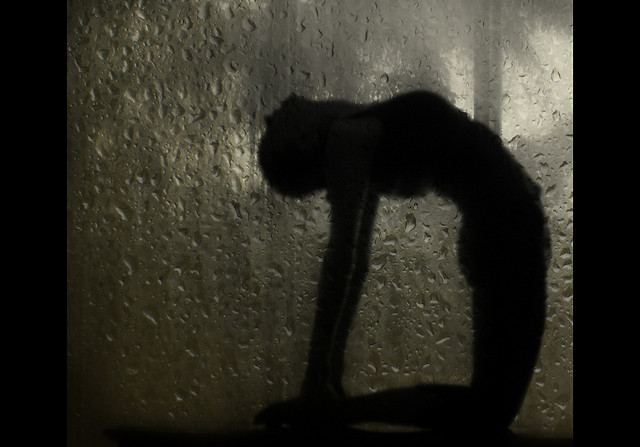
FOR EXERCISE
If you can’t make it for a walk or the gym, you’d be surprised with the kind of workouts DVDs can give you. These may even go one step further, providing that missing bit of variation to your workouts, leading you to exercise mus cles that may not have been active in your regular workouts. Or just climb stairs or jump rope: both are amazingly simple ways to get your heart rate pumping just enough to lose weight.
So there you have it. The no-excuses guide to monsoon fitness. And a no-holds-barred solution to looking your best during the monsoon months.
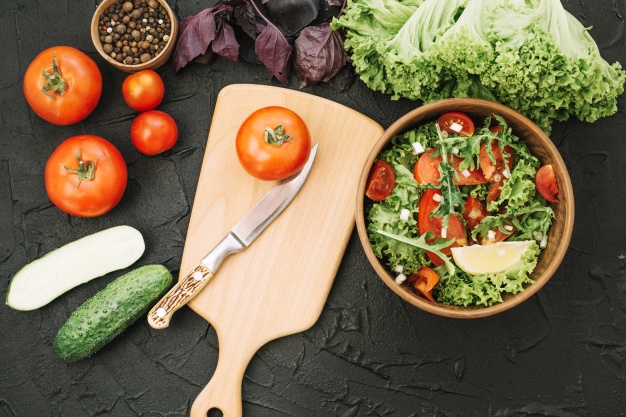
What’s the best diet for weight loss? Celebrity nutritionist and founder of www.nourishgenie.com,Pooja Makhija weighs in.
Sometimes the road to body beautiful seems miles away. No matter how hard you try to diet, exercise or sacrifice, you begin to wonder whether you will ever achieve your healthy goals. Fat weight loss sometimes seems as mythical as world peace. In a situation where questions seem to follow questions, I present to you a simple hack: three tricks for identifying whether a weight loss diet is indeed good for you and able to deliver the results you have always wanted. While any calorie-controlled diet should help you lose weight – you can find good diets online or even more customized plans on websites like www.nourishgenie.com – evaluate the diet at hand by asking yourself the following questions:
Is The Diet Helping You In The Long Term?
If you’re going to make the effort anyway, why not choose a diet that helps you both lose weight and keep it off? Liquid diet weight loss is one such short-term, futile approach. Juices cleanses or some detox diets would be examples of a liquid diet weight loss attempt but any diet that is skewed in the favour of liquids and not solids already means that your efforts will literally go down the drain. Liquid diets are akin to starvation, and no starvation diet will do anything for your body in the long run except harm it. If you want to really employ one of the best weight loss tricks ever, how about simply eating healthy instead? Food is one of the best tools for weight loss. Eat to delete.
How Does Your Diet Make You Feel?
Your body is the quickest indicator of your wellness. As weight loss diets are meant to correct an eating pattern but not to punish you for it, the best diets are those that make you feel energetic, happy and motivated. If your meal plan makes you feel tired, lethargic, run down, irritable or depressed, you haven’t chosen right.
What Should You Expect From The Diet?
Make sure that the diet you choose results in permanent weight loss. Obviously when I mean ‘permanent’, I mean that you do not revert to your old weight once you have adopted a new lifestyle. Another good indicator is fat loss. If your diet suits your body, it’ll leave your muscles alone. A good diet for weight loss doesn’t allow the body to use up muscle instead of fat, which happens in cases where nutrition is inadequate.
Apart from a good diet plan for your weight loss, there are a few more weight loss tricks: Make sure you eat every two hours: This’ll not only keep your hands off junk food, but also provide a steady stream of energy through the day. Additionally, like walking or running, even digestion burns calories, and eating frequently helps keep your body in the gym. Eat fruits good for weight loss.Apples, oranges, grapefruit, even mangoes (all except bananas) are all examples of fruits good for weight loss. And don’t forget to drink water and sleep well because it is a holistic approach to health that works the best of all.
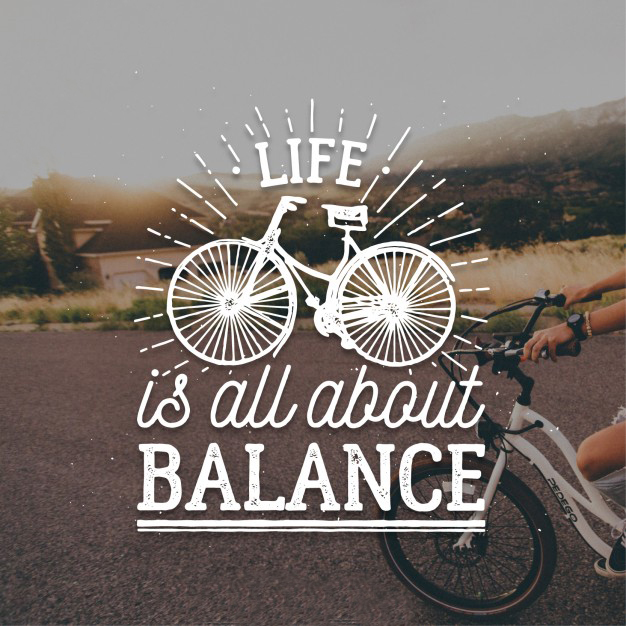
Celebrity nutritionist and founder of www.nourishgenie.com, nudges weight loss in the right direction.
Food is meant to be a good, beautiful, nourishing thing. It gives us strength to do things we love. So why is it that when it comes to losing weight, food becomes bad, like the enemy? Like it’s wrong somehow or that dieters don’t ‘deserve’ to eat? I see so many cases where instead of using nurturing foods, people punish the body with little, tasteless or no food at all in a bid to undo years of unhealthy eating in a matter of weeks or months.
But it cannot be done.
You cannot undo habits overnight that have lead you to gain weight over years. Starvation/fad diets or what I like to call weight loss by punishment, is usually not sustainable and restrictive diets are oftentimes the quickest to see their results negated as the body limps back to pre-diet weight. All that hullabaloo for nothing.
Or is it nothing? Starvation tricks the body into thinking that it is not getting any food. Your body begins to desperately hang on to the first meal you eat, and stores it as fat. Starvation – or low-calorie/fad diets – also make your body lose muscle, and the only thing that muscle loss is accompanied by is fat storage. In other words, even if you starve yourself, the only thing you eventually gain from the attempt is weight. So all that hullabaloo is not for nothing, it’s for something.
No matter how shiny the package or tempting the ad, there is no reason to subscribe to diet food or foods because all foods are essentially diet food, barring a few like red meat. The fat content of food greatly depends on how it is made. If eaten in moderation and cooked with little oil, potatoes are brilliantly healthy. French fries, not so much. As long as you control for sugar and oil, there are very few foods that are off the table.
Second, fat is good. In fact, it’s very good. In fact, it’s so good for you that it is one of the five nutrients – the other four being protein, carbs, vitamins and minerals – your body needs for its daily survival. Fats compose of about 10% of your total calorie intake. Daily. And while a low-fat diet plan is good for you, no-fat diet plans are bad. Fats are needed for the brain, for the body’s daily functioning, for the skin, among other vital functions. A good low-fat diet plan consists of healthy fats like nuts, seeds, healthy oils like olive oil. If you’re confused about where to get good fat-moderated diets, you could ask a nutritionist, or go online (where there are scores of free diets available) or even find one on customized online diet portals like www.nourishgenie.com.
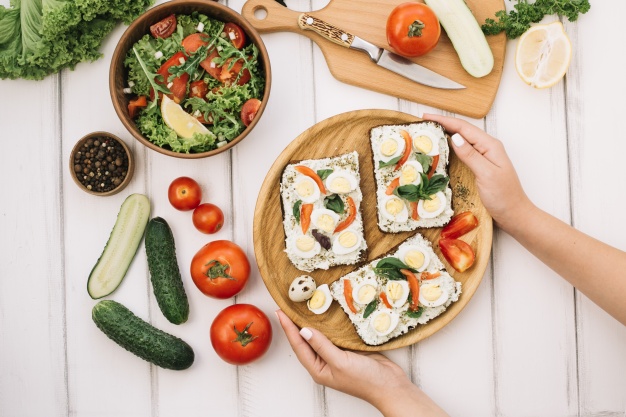
The point, of course, of any good diet plan is that it should make you feel good, both physiologically and psychologically, and leave you energized and happy.
A good diet plan enables you to healthily indulge in all kinds of foods like rice, mangoes, pasta, noodles, popcorn and more, and won’t make you wistfully stare at your family as they eat ‘normal’ food, because you should always eat together. Eating meals together with friends and family not only gets you closer to them, it takes you closer to your better self too. And that’s really the whole point, isn’t it?

